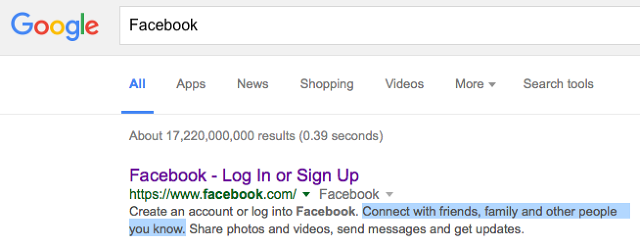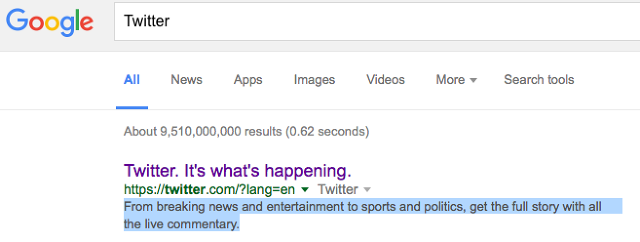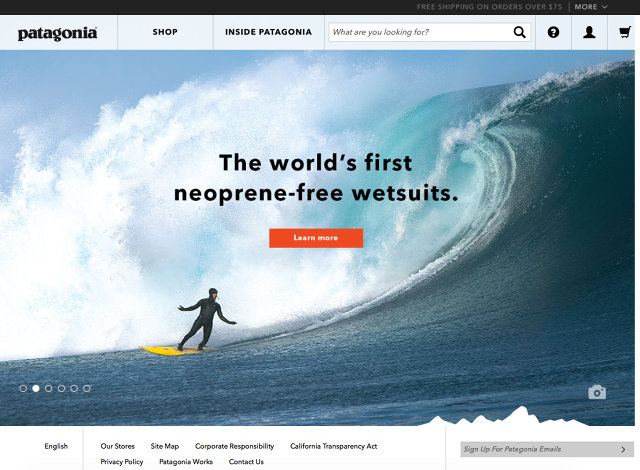The Storytelling Secret Entrepreneurs Can (Still) Learn From Super Mario Brothers
Growing up, I wasn’t allowed to watch TV or play Nintendo on weekdays. This was a real problem, because of the handful of things that mattered to 8-year-old Brian, saving a fictional princess from an evil turtle named “Bowser” topped the list.
The first time I played Super Mario Brothers—which just so happened to be the first time I played any video game—was on my eighth birthday. I usually had the attention span of a gnat, but I was hooked immediately; my parents swear that I screamed out, “Later!” when they called me in for cake. I’d found something I cared about more.
Entrepreneurs’ main task is to make people care: customers, cofounders, investors— everyone. The problem is most peoples’ default state is to not care. You’re reading this, but I could lose you at any second. You owe me nothing. Each sentence is a transaction: I write something interesting, you read another sentence.
The conventions of storytelling help with this transaction. They’re a shortcut to help get across what you’re building and why it’s interesting—quickly. For early-stage startup founders, this is enormously helpful. (My favorite book on the topic, and one I’ll lean on in this story, is Nobody Wants To Read Your Shit by Steven Pressfield). So with an assist from Pressfield and inspiration from Mario . . . here we go!
Who’s The Hero Here?
The first time you play Super Mario Brothers on Nintendo, you immediately see a Princess get kidnapped by Bowser. Mario then appears on the screen, and the game begins.
It’s clear that you’re Mario—this tiny, unlikely hero. We like to see ourselves as the heroes or heroines of own own lives, so this makes intuitive sense. And since heroes save the day, you’ve got to save the Princess. It doesn’t matter that you don’t know what the buttons do or how many boards there are, or why turtles with wings are hellbent on stopping you—or even why you’re doing this in the first place (were Mario and Peach dating?!).
All that goes out the window: mere seconds into your first time playing the game, you know your fate is an epic battle with Bowser to save the Princess. The stakes couldn’t be clearer—or higher. Time is of the essence. Go.
That’s how you get an 8-year-old boy to skip his birthday cake. And here’s how you do it with your startup.
Your Company Needs A Theme, Not Excuses
Everything great has a clear theme. Books, startups, movies, vacations, online dating profiles, a dinner party—everything. But themes are hard, particularly for entrepreneurs. They force us to do something we hate: Focus.
To make things more confusing, most entrepreneurs (rightfully) preach “lean,” a methodology that prioritizes testing and iteration and encourages experimentation and data-based decisions. But a dangerous misunderstanding of the lean mind-set tends to serve as an excuse to stay unfocused.
When I was building a startup called 3Degrees, I initially shied away from launching it as a Facebook-driven dating app for people under 30 (which didn’t yet exist). Instead, I built an unfocused “connection” tool. “Let’s launch with a bunch of features and see what resonates,” I thought. “If people date, we’ll build a dating app. Let’s not exclude anyone.”
I wasted six months and a bunch of investor money. Entrepreneurs tend to use lean methodology to paper over their fear of choosing a unique, unifying theme because that always feels risky—even if the bigger risk is having no theme at all.
What’s more, giving your customers a clear theme gives them permission to care. Unclear themes urge them to opt out. The theme of Super Mario Brothers is that you’re an underdog hero on a quest to save the Princess. “That’s cool,” thought 8-year-old me, “I’m into that.” And every ounce of the game supports that theme.
The theme of Southwest Airlines is great customer service. Every decision is made through that lens, from flight offerings to plane size to the heart-shaped logo. A clear theme makes subsequent decisions easy: if it supports the theme, do it. If not, don’t.
The theme of this post is that storytelling is a shortcut to building quick yet meaningful relationships with customers—and that anything that doesn’t serve that goal should be nixed.
Setting The Stakes
As soon as the Princess is kidnapped, the stakes are set. Her life is on the line. Intense. The stakes for your customer need to be meaningful, too. They need to elicit action. And they might not be obvious—finding stakes is an exercise in empathy.
Let’s say you’re a company that helps early-stage founders track various metrics in their company’s app. The obvious stakes are that your customers can make better decisions with the data you let them track. Ho hum. Higher stakes might be that cash is probably running out (as it often is with companies that size), and your customers need to raise money—the metrics you measure will help them figure out how to optimize their funnel and boost sales immediately, leading to a round and company survival. More interesting. You could position yourself as a tool that’s critical for your customer’s immediate survival. Those are the stakes.
You company’s theme and its stakes should play off each other. Take Facebook and Twitter. When Facebook launched, its theme was (and remains) “connect with your friends.” The stakes were implied: If you don’t connect with someone on Facebook, you aren’t friends. Yikes.

Facebook’s features—”share photos and videos, send messages, and get updates”—all support the theme of connecting with friends.
On the other hand, Twitter whiffed here (and still whiffs). Its theme isn’t clear, so the stakes aren’t clear. Twitter is for, uh, “breaking news and entertainment, sports, and politics . . . with all live commentary”? Huh? If I’m not on Twitter, then what? Well, that simply lets customers do what they love doing most: Nothing. Think maybe I’ll download it and “see what’s happening” some other time.

What are your stakes? What does the customer have to lose if they’re left out? Do they care? Is there urgency? And how does it fit with your theme?
Now For The Twist
This next part is the “how,” and it’s by far the least interesting part to your customer—which makes it tricky because it’s what you’ll spend most of your time doing and is probably most interesting to you. So chances are you’ll want to really talk about it. Don’t.
Patagonia recently launched wetsuits with a drastically smaller footprint. Here’s a masterclass in how to highlight a “how” while supporting the theme (sustainable, high quality outdoor products), the stakes (you’re not an outdoorsman without us), and the goal (adventures). Perfection.

Patagonia isn’t talking about how its wetsuits are neoprene-free or why that’s a big deal. It just shows you a surfer hitting a gnarly wave, presumably in a Patagonia wetsuit, which presumably has no neoprene, which is presumably bad. But since we already know the company’s theme, we trust that it’s nailed it yet again.
This is all well and good, but you’re building a SaaS product for nonprofits or a tool for freelance journalists, not a fun video game. Sure, but it’s all the same.
You’ve got to make people care, and crafting this story—making your user the hero, establishing a strong theme with clear stakes, and supporting that with the pillars that are your product’s features—will help push people through the tough early stages from “don’t care” to “care.” You can’t win if you can’t first get them to play.
Fast Company , Read Full Story
(18)













